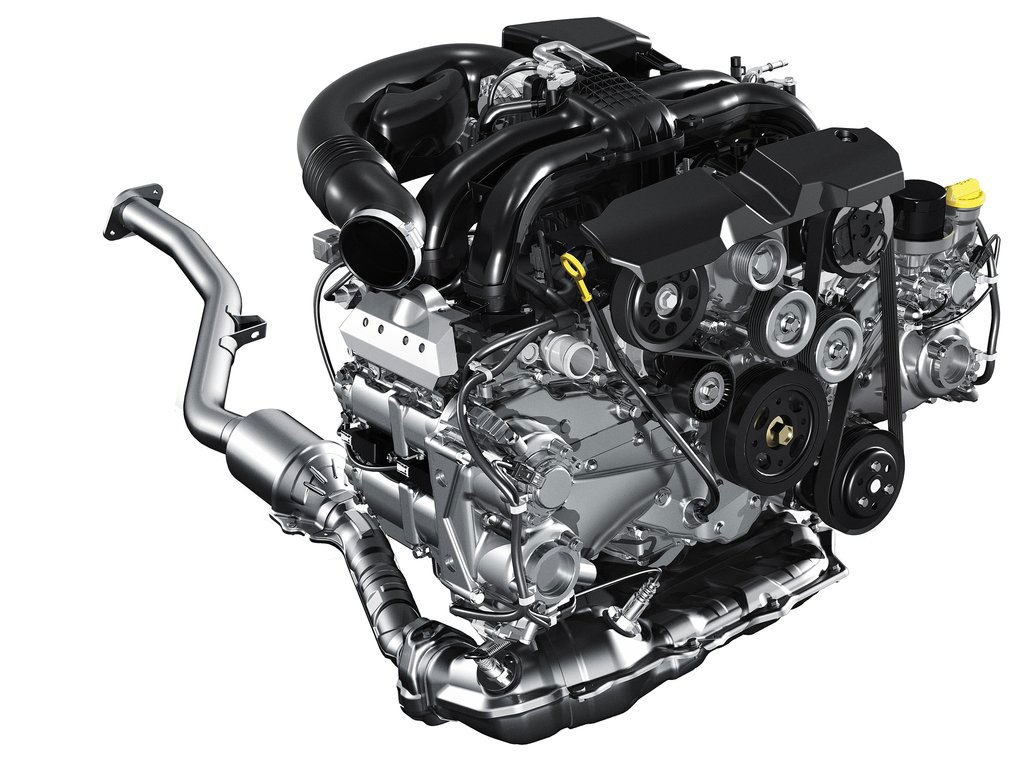P0137 Engine Error Code
When you check engine light came on code P0137 the reason should be Engine Light ON (or Service Engine Soon Warning Light). However your vehicle's manufacturer may have a different definition for the P0137 OBD-II Diagnostic Powertrain (P) Trouble Code. So you should chech it on your car models.
P0137 Code Symptoms

|
P0137 OBD2 may also be triggered by faults earlier down the line. For example, a dirty MAF sensor might be causing the car to overcompensate in its fuel-trim adjustments. As a result, oxygen sensors are likely to report fuel mixture problems. |
Excessive air inflow can be caused by a vacuum leak, a dirty sensor or, an exhaust gas recirculation valve not closing properly. If the problem is not enough fuel, the culprit may be dirty injectors or fuel filters, a weak fuel pump or a leaky fuel pressure regulator. The lean fuel mix error may be accompanied by rough idling, engine misfires, hesitation during acceleration and overall poor engine performance.
P0137 OBD-II Diagnostic Powertrain (P) Trouble Code DescriptionP0137 OBD-II Trouble Code The heated oxygen sensor 2 (HO2S), after three way catalyst (manifold), monitors the oxygen level in the exhaust gas on each bank. For optimum catalyst operation, the air fuel mixture (air-fuel ratio)P0137 Code Review :The reason of P0137 OBD-II Engine Error Code is P0137 O2 Sensor Circuit Low Voltage Bank 1 Sensor 2. |
P0137 Code Dictionary Meaning:

|
-
0 - SAE - Generic 1 - Fuel And Air Metering 3 - Low Coolant Circuit 7 - Cruise Control System - Vehicle Accel Too High |
How long can you drive with a P0137 code ?
If your vehicle is displaying a P0137 OBD2 error code but is still running and driving normally, it means that the issue might not be immediately critical or causing immediate harm to the vehicle. However, it's important to address the issue as soon as possible for several reasons:
- Potential for Worsening
- Decreased Fuel Efficiency
- Emissions Testing Compliance
- Risk of Further Damage
- Safety Concerns
- Legal Considerations

